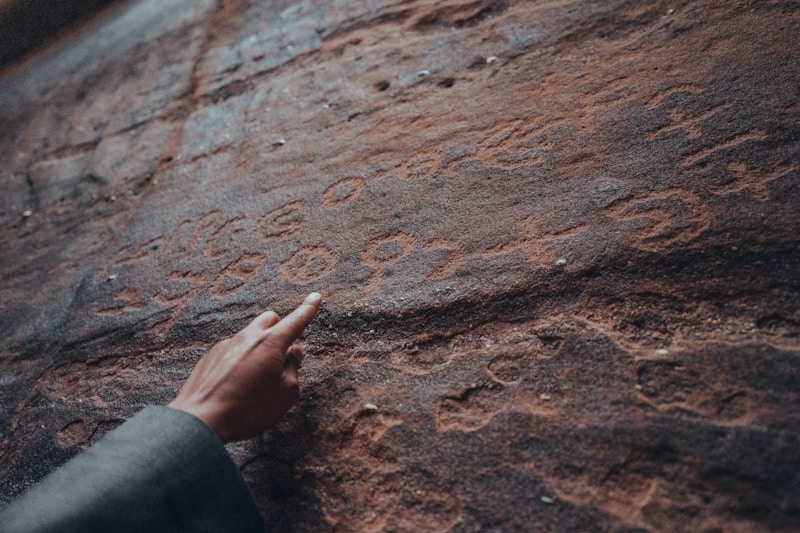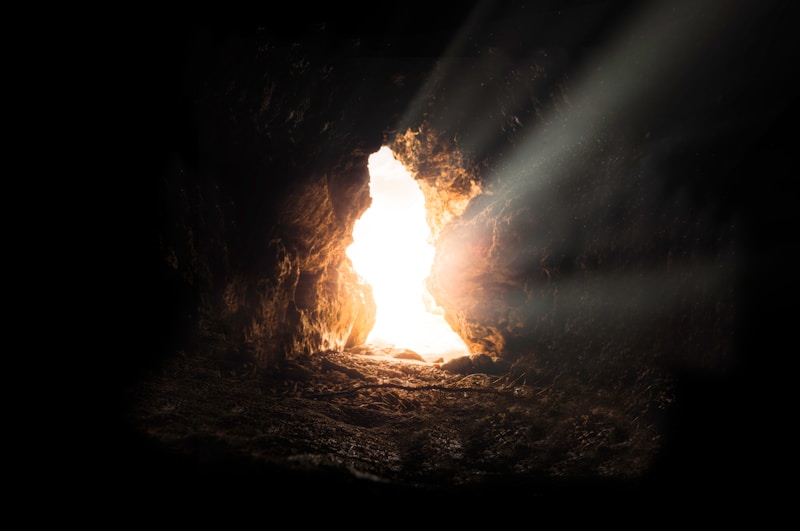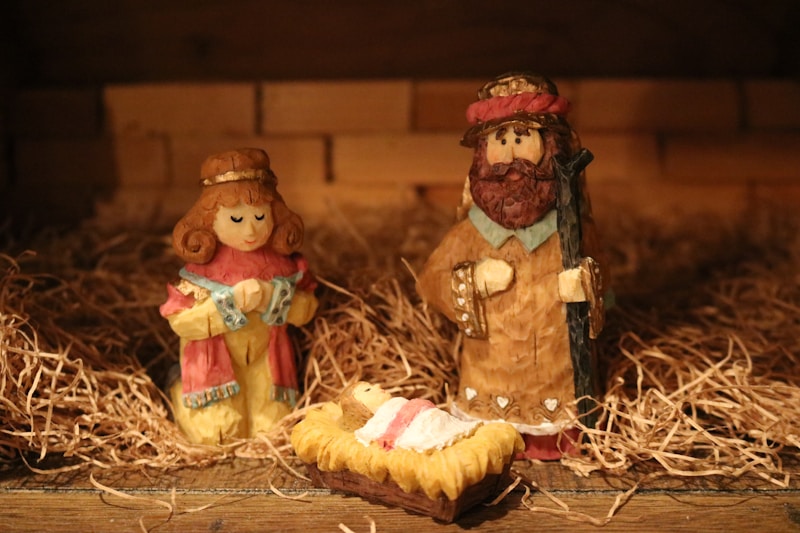9 Questions
What is the name of the national park that protects Easter Island?
When did Chile annex Easter Island?
What is the name of the competition that the Bird Man cult believed in?
What is the name of the volcanic crater on Easter Island that was the source of the moai statues?
What is the name of the ecoregion that Easter Island is recognized as by ecologists?
What was the cause of the disappearance of the Rapa Nui palm from Easter Island?
What is the name of the festival that the Rapanui people celebrate annually to maintain their culture?
What was the name of the Dutch navigator who made the first recorded European contact with Easter Island?
What is the name of the hotel that was occupied by members of the indigenous Hitorangi clan in 2010?
Summary
Easter Island is a special territory of Chile in the southeastern Pacific Ocean, known for its nearly 1,000 monumental statues called moai, created by the early Rapa Nui people. The island is a World Heritage Site protected within Rapa Nui National Park. Experts disagree on when the island's Polynesian inhabitants first reached the island, with some citing evidence that they arrived around the year 800 and others believing they arrived closer to 1200. The island was once home to a thriving and industrious culture, but land clearing for cultivation and the introduction of the Polynesian rat led to gradual deforestation and a decline in the population. Chile annexed Easter Island in 1888, and in 1966, the Rapa Nui were granted Chilean citizenship. The island is one of the world's remotest inhabited islands, with the nearest inhabited land being Pitcairn Island, 2,075 km away. The island was likely settled by Polynesians who navigated in canoes or catamarans from the Gambier Islands or the Marquesas Islands. According to oral tradition, the first settlement was at Anakena, but radiocarbon dating suggests other sites preceded it by many years. The island originally had a strong class system, with an ariki wielding great power over nine other clans and their respective chiefs. The most visible element in the culture was the production of massive moai statues that some believe represented deified ancestors. Jared Diamond's ecocide theory suggests that cannibalism took place on Easter Island after the construction of the moai contributed to environmental degradation when extreme deforestation destabilized an already precarious ecosystem.A Brief History of Easter Island
- Overpopulated and resource-depleted, the Ancestor Cult ended, making way for the Bird Man Cult in 1540.
- The Bird Man cult believed in contacting the dead through human beings chosen through a competition.
- The competition for Bird Man started around 1760 and ended in 1878 with the arrival of Roman Catholic missionaries.
- The huri mo'ai, or "statue-toppling," continued into the 1830s as part of fierce internal wars.
- A study by Binghamton University anthropologists determined that the island experienced steady population growth until European contact in 1722.
- The first recorded European contact with the island was on April 5, 1722, by Dutch navigator Jacob Roggeveen.
- In December 1862, Peruvian slave raiders struck, capturing around half of the island's population.
- Tuberculosis, introduced by whalers in the mid-19th century, killed approximately a quarter of the island's population.
- Easter Island was annexed by Chile on September 9, 1888.
- Following the 1973 Chilean coup, Easter Island was placed under martial law.
- In 2018, the government limited the stay period for tourists from 90 to 30 days to preserve the island's historical importance.
- Members of the indigenous Hitorangi clan occupied the Hangaroa Eco Village and Spa in 2010, alleging that the hotel was bought from the Pinochet government in violation of a Chilean agreement with the indigenous Rapa Nui.Geography, Geology, Climate, and Ecology of Easter Island
Geography:
- Easter Island is one of the world's most isolated inhabited islands, with the nearest inhabited neighbor being Pitcairn Island.
- The island is about 24.6 km long by 12.3 km at its widest point, with an overall triangular shape and a maximum elevation of 507 m above mean sea level.
- There are three freshwater crater lakes on the island, but no permanent streams or rivers.
Geology:
- Easter Island is a volcanic island, consisting mainly of three extinct coalesced volcanoes: Terevaka, Poike, and Rano Kau.
- Lesser cones and other volcanic features include the crater Rano Raraku, the cinder cone Puna Pau, and many volcanic caves including lava tubes.
- The island is dominated by hawaiite and basalt flows which are rich in iron and show affinity with igneous rocks found in the Galápagos Islands.
Climate:
- The climate of Easter Island is classified as a humid subtropical climate that borders on a tropical rainforest climate.
- The temperature ranges from a minimum of 15°C in July and August to a maximum of 28°C in February.
- Precipitation averages 1,118 millimeters per year, with year-round rainfall and occasional heavy rainstorms.
Ecology:
-
Easter Island is recognized by ecologists as a distinct ecoregion, the Rapa Nui subtropical broadleaf forests.
-
The original subtropical moist broadleaf forests are now gone, but paleobotanical studies indicate that the island was formerly forested, with a range of trees, shrubs, ferns, and grasses.
-
The Polynesian rat played a very important role in the disappearance of the Rapa Nui palm, but humans also caused the trees to fall.
-
Fossil evidence indicates six species of land birds, all of which have become extinct, and five introduced species of land bird are known to have breeding populations.Easter Island: A Summary
-
Reports from European explorers in the 18th and 19th centuries indicate that Easter Island was once fertile and had large trees, but heavy soil erosion and deforestation caused by sheep farming in the 20th century have degraded the island's ecosystem.
-
The islanders practiced lithic mulching to improve soil fertility, and contemporary ethnographic research has found little evidence of widespread cannibalism on the island.
-
The Rapa Nui people had a Stone Age culture and made extensive use of local stone, including carving the famous moai statues from compressed volcanic ash found at Rano Raraku.
-
The moai were transported using various methods, possibly including a Y-shaped sledge and rocking the statue forward. Many were left in the quarry, and only a quarter were installed on stone platforms called ahu.
-
The ahu evolved from small structures used for storing sacred objects and were usually adjacent to the marae or main central court. They were filled with local stones and some had moai on top.
-
The island has an extensive collection of petroglyphs and caves, and once had a script called rongorongo that has not been deciphered.
-
Wood carving was a rare art due to the scarcity of wood on the island, but some highly detailed pieces have survived and are displayed in museums.
-
The Rapanui people maintain their culture through an annual festival called Tapati, which includes traditional competitions such as cooking, jewelry-making, woodcarving, and canoeing.
-
The population of Easter Island was 5,761 according to the 2012 census.
Description
Test your knowledge of Easter Island with our quiz! From the island's geological features and ecology to its fascinating history and culture, this quiz will challenge your understanding of one of the world's most remote and unique places. Are you an expert on the moai statues, the Rapa Nui people, and the island's colonial past? Put your knowledge to the test and see how much you really know about Easter Island.




